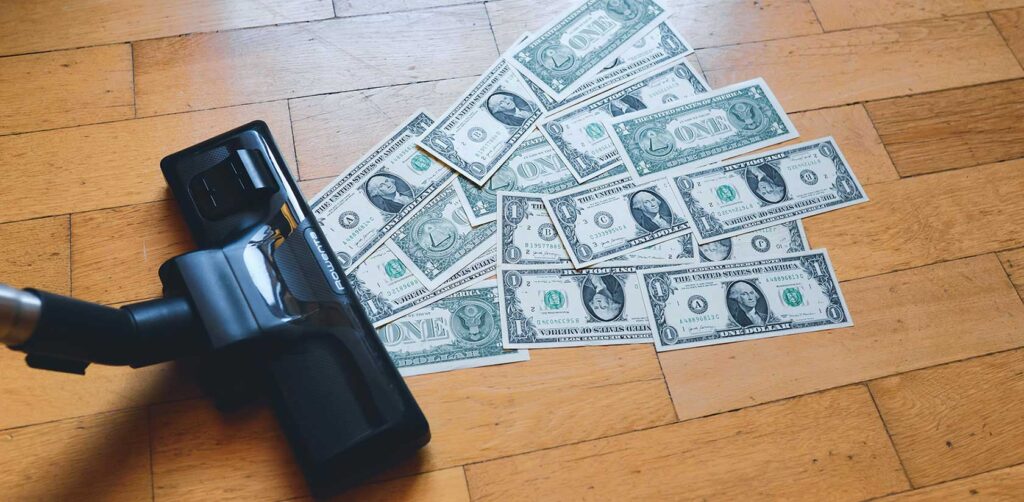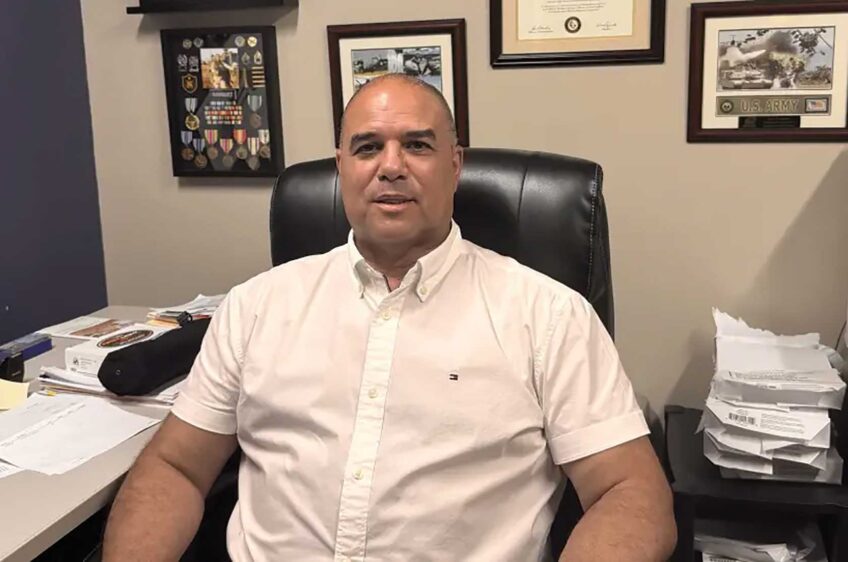
Banner Business Sponsored by The Boston Foundation
After a five-year pause, the federal government resumes debt collections for millions of borrowers who defaulted on their student loans.
The U.S. Department of Education began notifying borrowers in default that involuntary collections, such as wage garnishment, tax refund seizure and Social Security offsets, will resume. This is a wake-up call for borrowers in the Houston area, especially those who haven’t made any moves to get out of default.
“American taxpayers will no longer be forced to serve as collateral for irresponsible student loan policies,” Education Secretary Linda McMahon said in a statement. “The Biden Administration misled borrowers: the executive branch does not have the constitutional authority to wipe debt away, nor do the loan balances simply disappear.”
Student loan default doesn’t just hurt your credit score. It can trigger snowballing debt from fees, and even limit job opportunities or access to housing, challenges already deeply felt in Black communities.
According to the Trump administration, 42.7 million borrowers owe more than $1.6 trillion in student debt, and over 5 million borrowers have not made a payment in over 360 days.
What should Borrowers Do Now? Houston consumer law attorney David Fernandez recommends borrowers take these immediate steps:
“Verify the status of their loan(s) by contacting your loan servicer,” he said. “If their loans are in default, they can contact the Default Resolution Group at myeddebt.ed.gov.”
Borrowers can explore two main options to exit default:
Pay your debt off: It’s best to start immediately, but that’s unrealistic for 5 million people in default. Loan Rehabilitation: Make a series of nine on-time monthly payments. Once completed, your loan is pulled out of default and the default status is removed from your credit report. Loan Consolidation: Merge multiple loans into a new one and enroll in an income-driven repayment plan. Apply for deferment: The Federal Student Aid site says these are available to students, cancer patients, those facing economic hardship, graduate fellowships, military service, Parent PLUS borrowers, rehabilitation training, and unemployed individuals. Know Your Legal Rights Borrowers aren’t powerless when the government starts collection actions.
“If a borrower receives a notice of administrative wage garnishment, they typically have 30 days from the date on the notice to request an official hearing,” Fernandez said. “Filing this hearing request timely puts the garnishment on hold until the hearing.”
Borrowers may request a hearing on the administrative wage garnishment. Federal law limits the amount that can be garnished from your paycheck.
Watch for Scams and Misinformation As collections restart, scammers target vulnerable borrowers with fake repayment plans or threats of arrest. Contact your loan servicer directly if you get a suspicious call or message. They can tell you what’s real and what’s not. Never share your personal information unless you’re sure who you’re speaking to
You can also check your loan status at studentaid.gov and compare that to any message you’ve received.
Need Help?
Contact your loan servicer at studentaid.gov Call the Default Resolution Group: 1-800-621-3115 Learn more at myeddebt.ed.gov If you believe your rights are being violated, file a complaint with the Consumer Financial Protection Bureau (CFPB) or contact a consumer attorney.
This story first appeared in this story first appeared in the Houston Defender — defendernetwork.com







